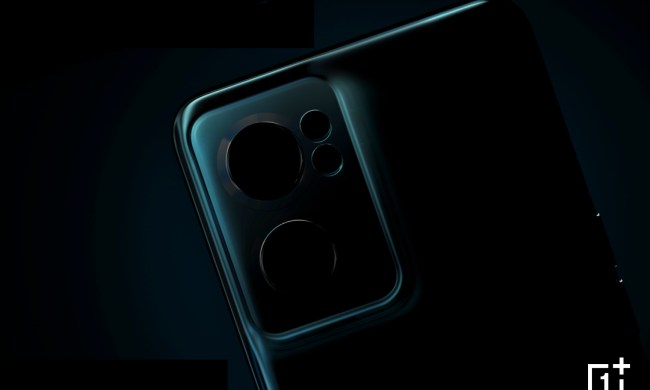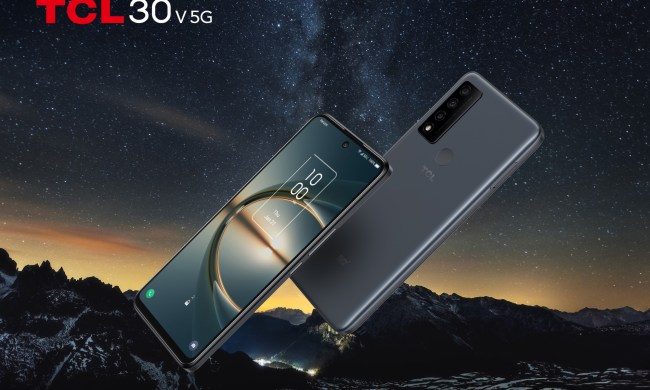With the performance of future 5G cellular networks being cited as able to deliver gigabit internet speeds, and companies such as Verizon readying to offer 5G for the home, some organizations are ready to remind you that Wi-Fi isn’t dead — most notably, the Wi-Fi Alliance. If you think that the Wi-Fi Alliance’s loyalty is no surprise, you are right, but the organization also has a good number of logical reasons why 5G won’t readily replace Wi-Fi right away.
For starters, Wi-Fi is already everywhere. You go home and connect to your Wi-Fi, you head to your friend’s house and connect to their Wi-Fi, you even jump on a Wi-Fi network at the fresh new Asian bistro downtown — no matter where you go, Wi-Fi seems to available. Deploying 5G to a point where it is a reliable solution for a consistent connection will take time, while many devices will fall back to 4G in areas that have yet to be upgraded.
Cellular radios are also known as energy hogs, quickly draining device batteries in an instant, but the Wi-Fi Alliances believes they have the edge up with Wi-Fi 6 and a new technology known as Wi-Fi HaLow. Designed and optimized for mobile devices and the internet-of-things, devices supporting the HaLow standard may be a viable option for power hungry devices that prioritize range and power consumption over speed.
Additionally, the Wi-Fi Alliance still believes that 5G won’t be fast enough. With the birth of augmented reality, virtual reality, and 4K content, we will be using a lot of bandwidth moving forward. If you have multiple TVs in your house streaming 4K movie content, while someone kicks back with a 4K online video game, you might need a bit more push than what 5G has to offer. If you rely on a latency-free connection to crush the competition in your favorite online game, Wi-Fi is still more likely to deliver the better experience.
The Wi-Fi Alliance’s comment is a two-fold statement: While it does provide a few good reasons that Wi-Fi is here to stay for the near future, it also tells us that cellular services are getting close enough for such organizations to take notice. As Wi-Fi 6 and 5G connectivity develops over the years, we’ll have to wait to see how each service is rolled out and utilized by consumers and businesses.


